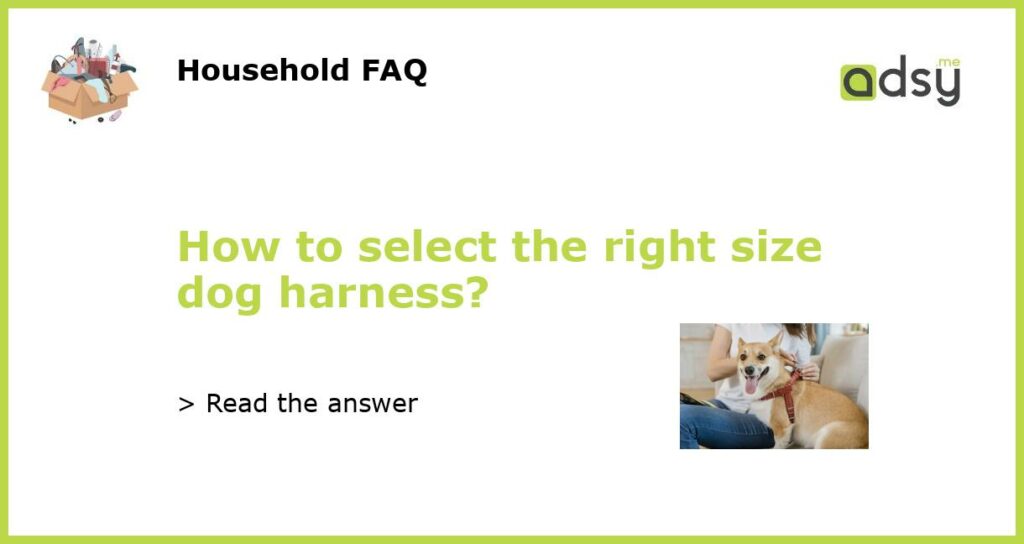Understanding the importance of selecting the right size dog harness
A dog harness is a vital tool that every dog owner should have. A harness helps to secure your furry friend when taking walks or during training sessions. However, selecting the right size dog harness can be challenging, especially if you’re a new pet owner. It’s imperative to choose a harness that fits your dog comfortably; otherwise, it may cause discomfort, chaff, or even cause injuries. In this article, we discuss how to select the right size dog harness for your furry friend.
Measure your dog’s girth
The first step to selecting the right dog size is by measuring your dog’s girth. The girth is the widest part of your dog’s chest or rib cage. To measure your dog’s girth accurately, use a flexible tape measure and measure around the broadest part of your dog’s rib cage. The tape measure should be snug, but not too tight, and not too loose. Once you have the measurement, you can use the sizing chart on the manufacturer’s website or check the product size guide to choose the right size harness for your dog.
Consider your dog’s weight and breed
Besides measuring your dog’s girth, you should also consider your dog’s weight and breed when selecting a dog harness. Different breeds of dogs have different body shapes and sizes, so what fits one dog may not fit another. It’s also good to note that some harnesses come with weight recommendations. Therefore, you shouldn’t solely rely on the sizing chart but also take into account your dog’s breed and weight.
Try on different sizes
Even after measuring your dog’s girth and taking into account your dog’s weight and breed, it’s not a guarantee that you’ll choose the right size harness at the first attempt. Some harnesses may run small or large, while the sizing guide may be inaccurate. Therefore, it’s essential to try on different harness sizes and see which one fits your dog the best. You can also try adjusting the straps to get a closer fit.
Look for warning signs
Finally, when selecting a dog harness, look out for warning signs that indicate the harness doesn’t fit your dog correctly. For instance, if the harness is too tight, you’ll notice your dog panting heavily, showing reluctance when you try to put it on, or refusing to move when on a walk. On the other hand, if the harness is too loose, you’ll notice it slipping off, or your dog can easily escape. Therefore, it’s crucial to choose a harness that fits snugly, but also allows your dog to move comfortably.






